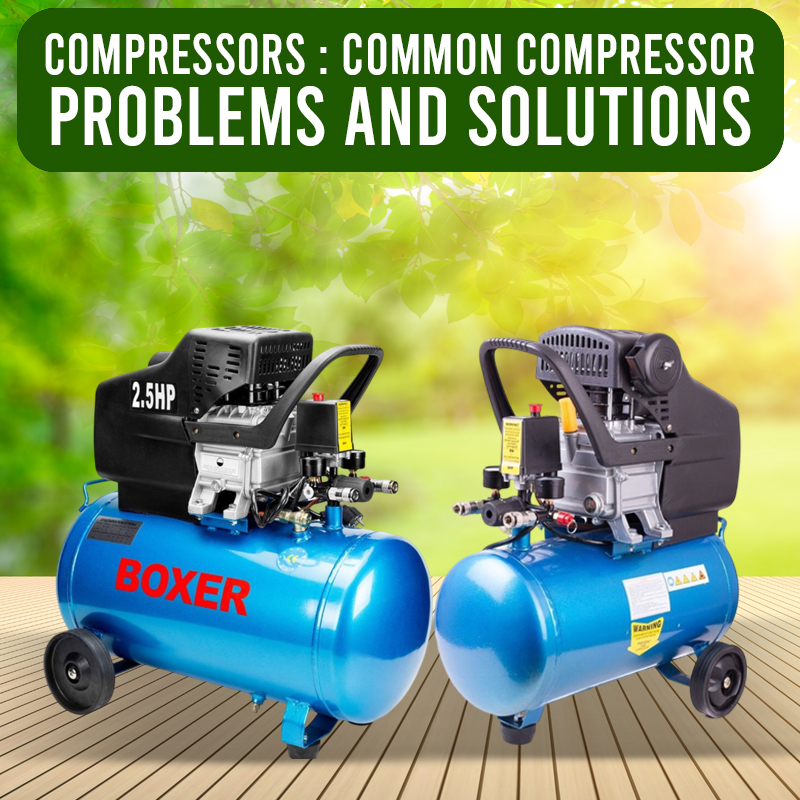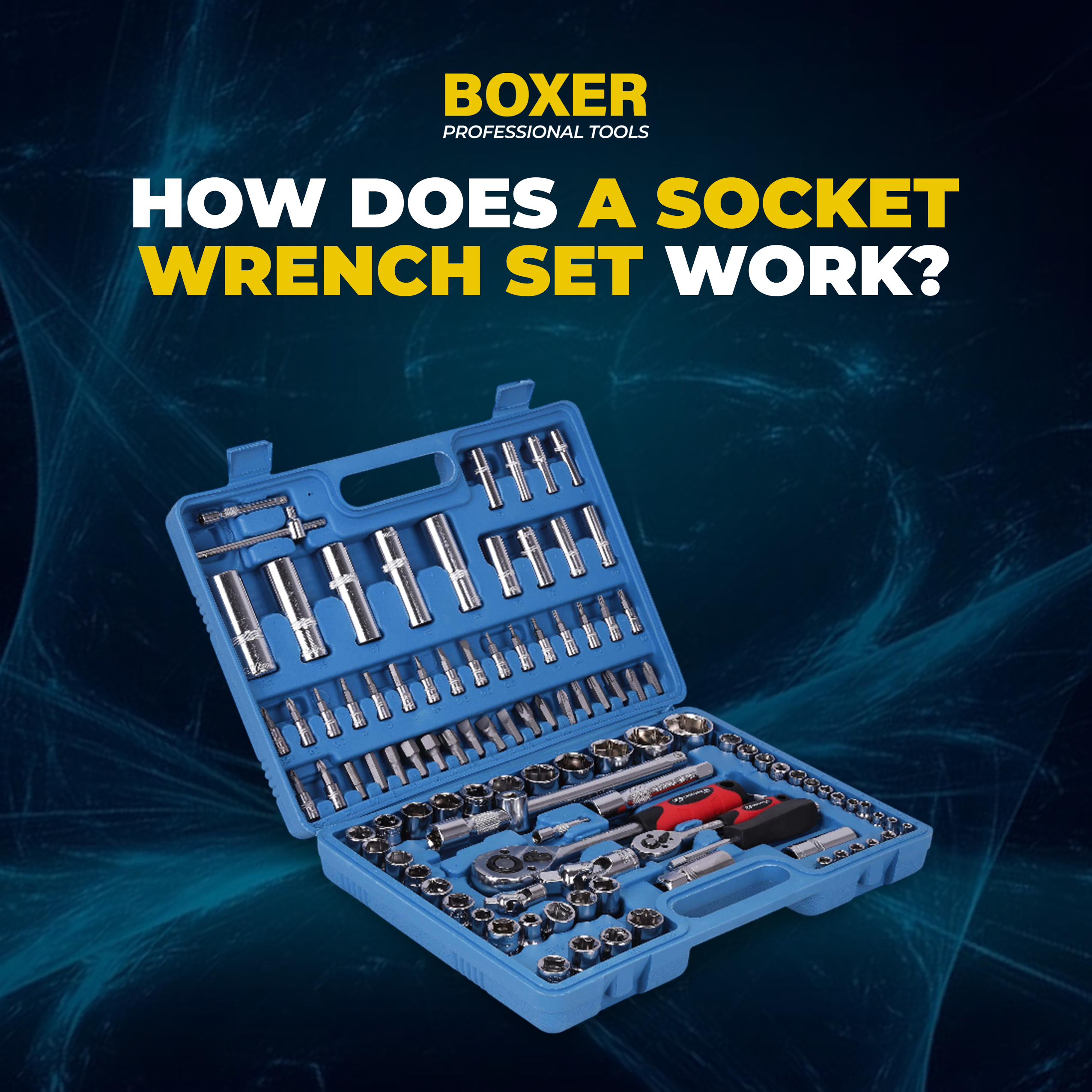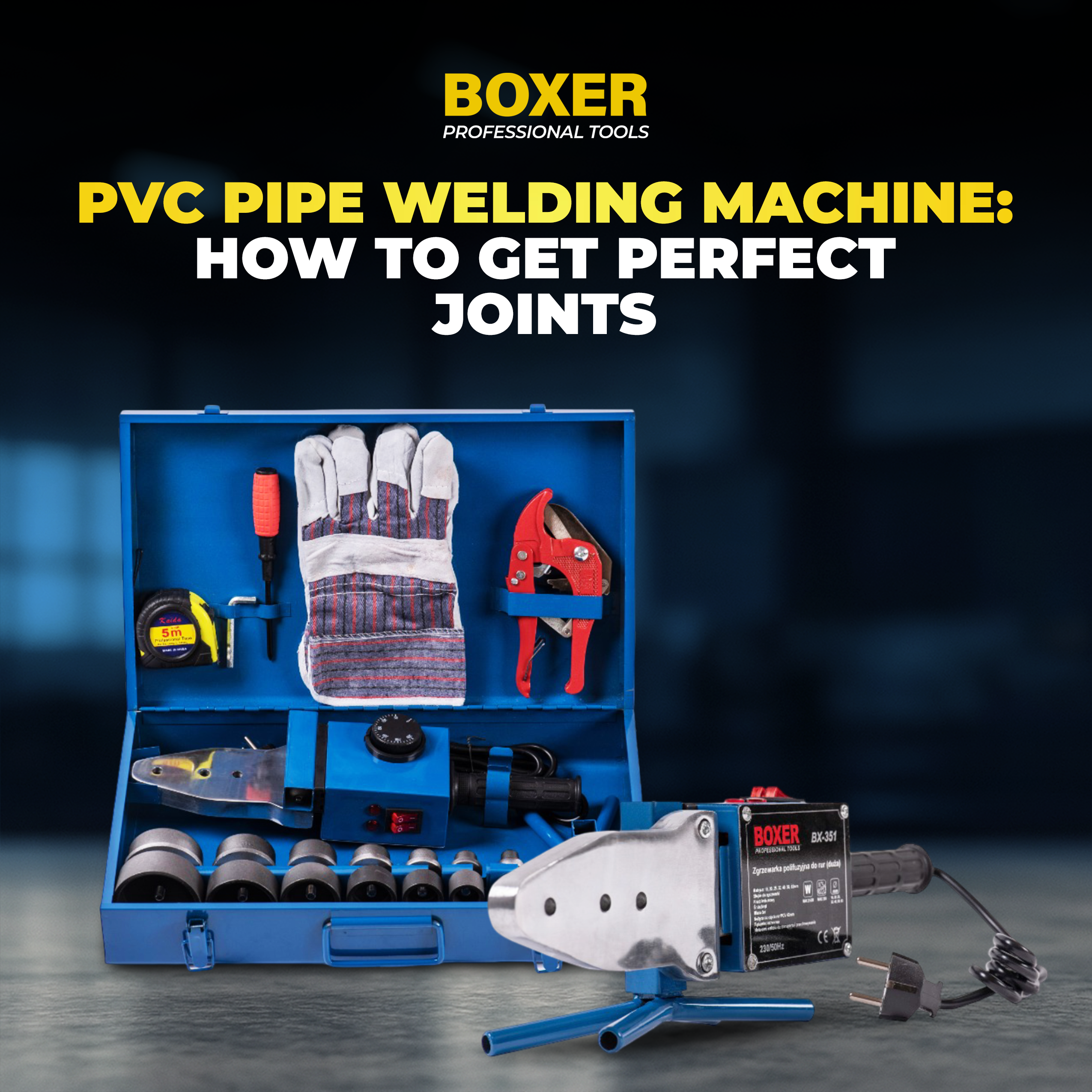
Compressors: Common Compressor Problems and Solutions
Compressors are the backbone of many industries, from manufacturing to construction. These machines provide the compressed air necessary for a wide range of applications. However, like any machinery, compressors can experience issues. Understanding common compressor problems and their solutions can help you maximize uptime and productivity.
What is compressor
A compressor is a mechanical device that increases the pressure of a gas by reducing its volume. While air is the most commonly compressed gas, compressors can handle various gases for different industrial applications. These machines convert electrical or mechanical energy into potential energy stored in compressed air. This compressed air is then utilized to power a wide range of tools and equipment across industries such as manufacturing, construction, automotive, and more.
From small portable compressors for home use to large industrial models, compressors play a vital role in enhancing productivity and efficiency. Understanding the intricacies of compressors can help you maximize their potential and troubleshoot issues effectively.
Common Compressor Problems
1. Compressor Won't Start
A compressor that refuses to start can be due to several reasons. Firstly, ensure the compressor is connected to a reliable power source and the circuit breaker hasn't tripped. Secondly, inspect the motor for any signs of damage or burnout. The start capacitor might be faulty, preventing the compressor from initiating. Lastly, low oil levels can hinder the starting process.
2. Compressor Overheats
Overheating is a common compressor issue. Begin by checking the cooling system for obstructions in the radiator, fan, or airflow. Low oil levels can contribute to overheating, so verify the oil level. Excessive workload on the compressor can also cause overheating. Finally, examine the thermostat to ensure it's functioning correctly.
3. Compressor Loses Pressure
If your compressor is losing pressure, start by inspecting hoses, fittings, and valves for any leaks. The pressure relief valve should be checked for proper functioning. A faulty unloader valve can also lead to pressure loss. Lastly, a clogged air filter can restrict airflow and reduce pressure.
4. Excessive Compressor Noise
Loud noises from your compressor might indicate several issues. Check for loose parts like bolts, nuts, or screws. Worn or misaligned belts can also cause excessive noise. Worn motor bearings are another potential culprit. Finally, inspect the compressor valves for any abnormalities.
5. Compressor Produces Low Airflow
Reduced airflow can be attributed to a clogged air filter, restricting the air intake. A faulty intake valve can also hinder airflow. Additionally, a malfunctioning discharge valve can impact airflow. Lastly, excessive demand on the compressor can lead to low airflow.
Preventive Maintenance for Compressors
1. Oil Changes
Regular oil changes are crucial for maintaining compressor health. Adhere to the manufacturer's recommended oil change intervals. Using the correct type and viscosity of oil is essential. Check the oil level regularly using the dipstick and top up if necessary.
3. Air Filter Replacement
A clean air filter ensures optimal compressor performance and efficiency. Regularly inspect the air filter for dirt and debris. Replace the filter as needed according to the manufacturer's guidelines. A clogged air filter can restrict airflow and reduce compressor efficiency.
4. Belt Inspection
Compressor belts play a vital role in transferring power. Regularly inspect belts for signs of wear, cracking, or looseness. Replace worn belts promptly to prevent breakdowns. Maintain proper belt tension to avoid premature wear.
5. Cooling System Inspection
The compressor's cooling system prevents overheating. Regularly inspect the radiator, fan, and coolant levels. Clean the radiator to remove debris that can hinder airflow. Check hoses and belts for signs of wear or damage.
6. Pressure Switch Calibration
Accurate pressure readings are essential for compressor operation. Regularly calibrate the pressure switch to ensure it functions correctly. A malfunctioning pressure switch can lead to compressor issues.
7. Safety Valve Inspection
The safety valve is a critical safety component. Regularly inspect the safety valve to ensure it operates properly. A faulty safety valve can pose a serious risk.
Tips for Choosing the Right Compressor
- Air Demand : Accurately determining your air demand is crucial for selecting the right compressor. Consider the specific tools and equipment you'll be using, their required pressure (PSI) and volume (CFM). Oversizing or undersizing a compressor can lead to inefficiency or inadequate performance.
- Compressor Type: Different compressor types suit various applications. Reciprocating compressors are suitable for intermittent use and offer portability. Rotary screw compressors are ideal for continuous operation and high-volume demands. Centrifugal compressors handle large volumes of air at lower pressures. Choose the type that aligns with your specific needs.
- Horsepower: The compressor's horsepower determines its power output. Match the horsepower to your workload. Underpowered compressors struggle with demanding tasks, while oversized compressors consume more energy. Consider the peak and average air demand to select the appropriate horsepower.
- Efficiency: Energy efficiency is crucial for reducing operating costs. Look for compressors with high efficiency ratings. Factors like motor efficiency, cooling systems, and compressed air management contribute to overall efficiency. Consider the compressor's duty cycle and load profile to optimize energy consumption.
- Noise Levels: Noise levels are important, especially in work environments. If noise is a concern, consider compressors with sound enclosures or quieter models. Evaluate the compressor's operating environment and the impact of noise on productivity.
Troubleshooting Tips
1. Safety First
Prioritize safety during any troubleshooting process. Always follow lockout/tagout procedures to prevent accidents. Wear appropriate personal protective equipment (PPE), such as safety glasses and gloves. If you're unsure about any procedure, consult the compressor manual or seek professional assistance.
2. Gather Information
Before diving into troubleshooting, gather as much information about the problem as possible. Note when the issue started, any unusual noises, error codes, or performance changes. This information will help narrow down potential causes.
3. Inspect Components
Visually inspect the compressor for any obvious signs of damage, leaks, or loose connections. Check hoses, pipes, and electrical connections for wear or damage. Pay attention to any unusual sounds or vibrations.
4. Check Pressure and Oil Levels
Verify that the compressor's pressure and oil levels are within the recommended range. Low oil levels can cause various problems, while incorrect pressure settings can affect performance. Use the appropriate gauges to check these levels accurately.
5. Test Components
If possible, isolate and test individual components to identify the problem. This might involve checking the motor, compressor pump, valves, or electrical controls. Consult the compressor manual for specific testing procedures.
6. Consult the Manual
The compressor's user manual is a valuable resource for troubleshooting. It provides detailed information about the compressor's operation, maintenance, and potential issues. Refer to the manual for guidance on specific error codes or troubleshooting steps.
By understanding common compressor problems, implementing preventive maintenance, and following effective troubleshooting steps, you can optimize the performance and longevity of your compressor. Boxer Tools offers a wide range of high-quality compressors designed to meet the needs of various industries. Our compressors are built with durability and efficiency in mind, ensuring reliable performance and minimal downtime.
Don't let compressor issues hinder your productivity. Invest in a Boxer Tools compressor today! Visit our website to learn more about our products and find the perfect compressor for your application.
Experience the Boxer Tools difference. Buy your compressor now and enjoy unmatched performance and reliability.
Copyright © 2026 Boxertools | Powered By Orance Media Group








